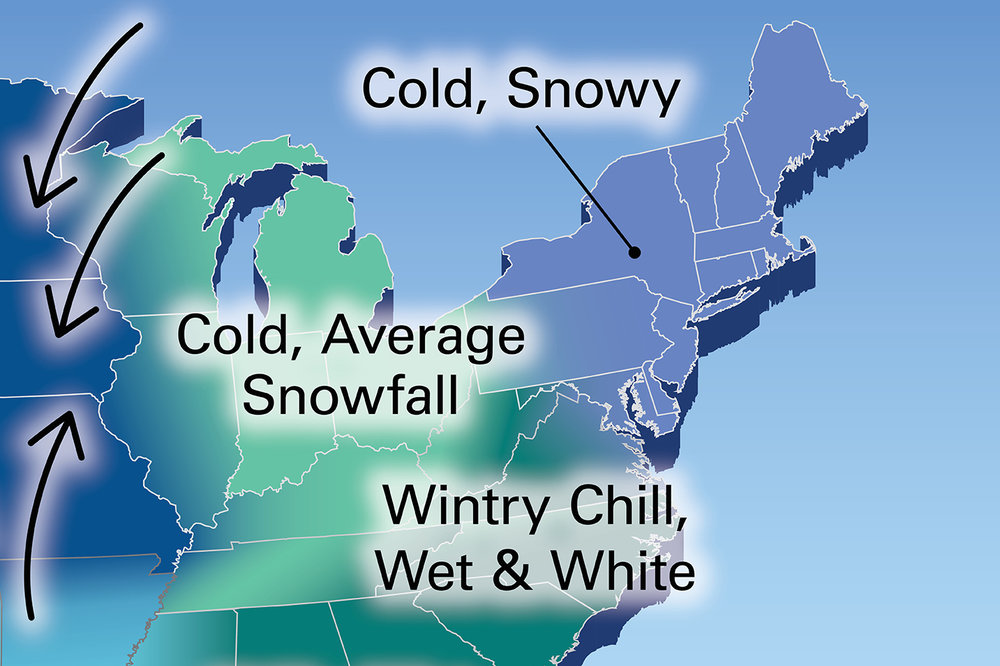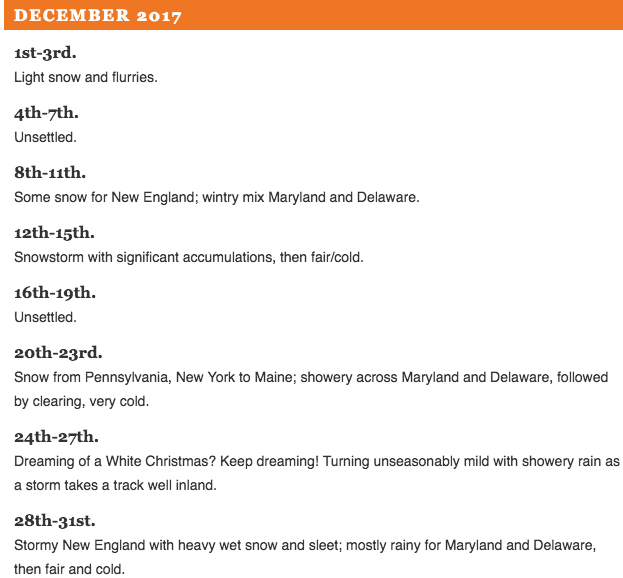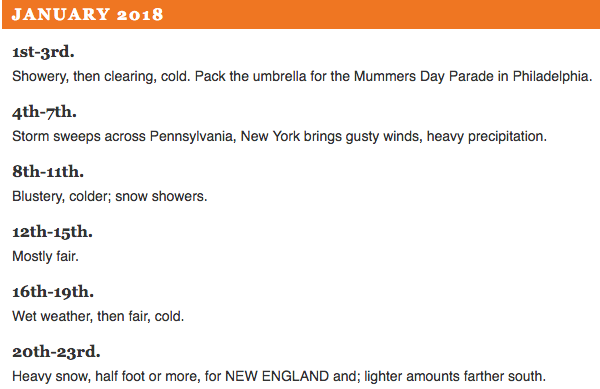By Sarah Russell and Shane Dennehy
On Nov. 6, 2018, Americans will have the opportunity to head to the polls and vote in the midterm elections. All 50 states will be voting on seats in the House and Senate, among others. Because all 435 seats in the House of Representatives and a third of U.S. Senators are being voted on, the midterm elections are incredibly important. They will decide which political party, Democrat or Republican, will control each part of Congress.
How to register?
If you are 18 and a U.S. citizen then you most likely qualify to vote. For easy instruction of where and how to register to vote visit vote.org, find your home state, and click “Find out how to register.” If you are able to register online in your state this will bring you directly to your state’s online voter registration.
For most states, you can register to vote online. However, 12 states don’t have online registration available. These states include Arkansas, Maine, Michigan, Mississippi, Montana, New Hampshire, New Jersey, North Carolina, Oklahoma, South Dakota, Texas and Wyoming.
As a Quinnipiac University student, you can register to vote in the state of Connecticut. As residents while attending the university, students have the ability to register and vote in Connecticut. On Nov. 6, transportation will be available for registered students who wish to go to the polls and vote.
If you are registered in your home state rather than in Connecticut, you still have the ability to vote. Each state has different requirements in terms of absentee voting. Even if your state requires excuses for an absentee ballot, most states accept the excuse of being a student at an out-of-state college or university. You can find your state or territorial election office website here. Once on the website, the page should have instructions for requesting an absentee ballot in your state.
The map below depicts which states allow early voting:
Early voting and absentee ballot laws by state.
Source: http://www.ncsl.org/research/elections-and-campaigns/absentee-and-early-voting.aspx
Last dates to register:
Connecticut: Oct. 30
Maine: Oct. 16
Massachusetts: Oct. 17
New Hampshire: Nov. 6
New Jersey: Oct. 16
New York: Oct.12
Rhode Island: Oct. 7
Vermont: Nov. 6
For a full list of states’ last days to register to vote, click here.
Where to vote locally:
Quinnipiac University students can either register to vote in the town of Hamden or can vote in their hometown. If they choose to vote in Hamden they have to fill out a Connecticut voter registration form and send it to the Hamden Registrars of Voters. Quinnipiac students must bring their student IDs to the polling place when they go to vote. Hamden residents can vote at the Bear Path School, Hamden Middle School,Board of Education building, Miller Library, Helen St. School, Keefe Community Center, Spring Glen School, Ridge Hill School, Dunbar Hill School and West Woods School.
If you missed the the deadline to register to vote, there is election day registration. Quinnipiac students can bring their student ID to the registrar of voter’s office at the Hamden Government Center, located at 2750 Dixwell Ave. on Nov. 6 and register to vote in the state of Connecticut.
What is your state voting on?
Connecticut
Connecticut will vote in a new governor on Nov. 6 as incumbent Governor Dan Malloy decided to not seek reelection. The two candidates for Governor are Democrat Ned Lamont and Republican Bob Stefanowski. Lamont ran for Governor of Connecticut in 2010, however Malloy defeated him in the primaries. Stefanowski has never held a political position before but he has experience in the business world working at GE Capital, 3i Group plc and the Dollar Financial Group. Senator Chris Murphy is running for re-election for his position in the United States Senate. Murphy, a democrat, is being challenged by Republican Matthew Corey.
Connecticut voters will vote on an amendment to the State Constitution that would create a transportation fund that could only be used to pay for transportation related things and transportation debt. The other question will be on limiting the state’s General Assembly’s ability to sell property to out of state entities.
Massachusetts
Republican Governor Charlie Baker is seeking re-election and Democratic challenger Jay Gonzalez is opposing him. Gonzalez worked on Massachusetts previous Governor Deval Patrick as Deputy Secretary of Administration and Finance. Then in 2009 Patrick appointed Gonzalez to Secretary of Administration and Finance. Democratic Senator Elizabeth Warren is seeking reelection to the United States Senate. Republican Geoff Diehl is challenging Warren.
Massachusetts residents will have three questions on their ballots. The first question will ask residents if nurses should be assigned a limited amount of patients. Residents will also vote on whether the state can make a commission that would look at the spending of corporations into political campaigns. The third question would prohibit discrimination in places of public accommodation based on gender identity.
New Jersey
Current Senator Bob Menendez, a Democrat, is running against Republican Bob Hugin. Menendez has been senator since 2006. Hugin is a past biopharmaceutical executive, an at-large delegate at the Republican National Convention in 2016.
New Jersey’s Public Question #1 is about school projects bond. Voting yes on this question would support a $500 million obligation bond for grants including school security, college career, vocational schools, and school water infrastructure.
New York
Current Governor Andrew Cuomo, a Democrat, is seeking re-election against Republican Marcus Molinaro. Cuomo was first elected in 2010 and hasn’t had a Republican governor since 2002. Molinaro is a former member of the New York State Assembly for District 103 from 2007 until 2012. Prior to that, Molinaro served as mayor of Tivoli, New York, county legislator of Dutchess County and village trustee of Tivoli, New York. Incumbent Kirsten Gillibrand is seeking reelection to her seat the senate, a position she has held since 2009. This year she runs in opposition of Republican Chele Farley. Both ran unopposed in their primary elections. There are no ballot measures in the 2018 election in New York.
What’s at stake?

According to NBC News, the president’s political party has lost an average of 32 seats in the House of Representatives and two seats in the Senate in every midterm election since the Civil War. During this year’s election, the Democratic party will only need 24 seats to flip the House to their majority and two to flip the Senate.



